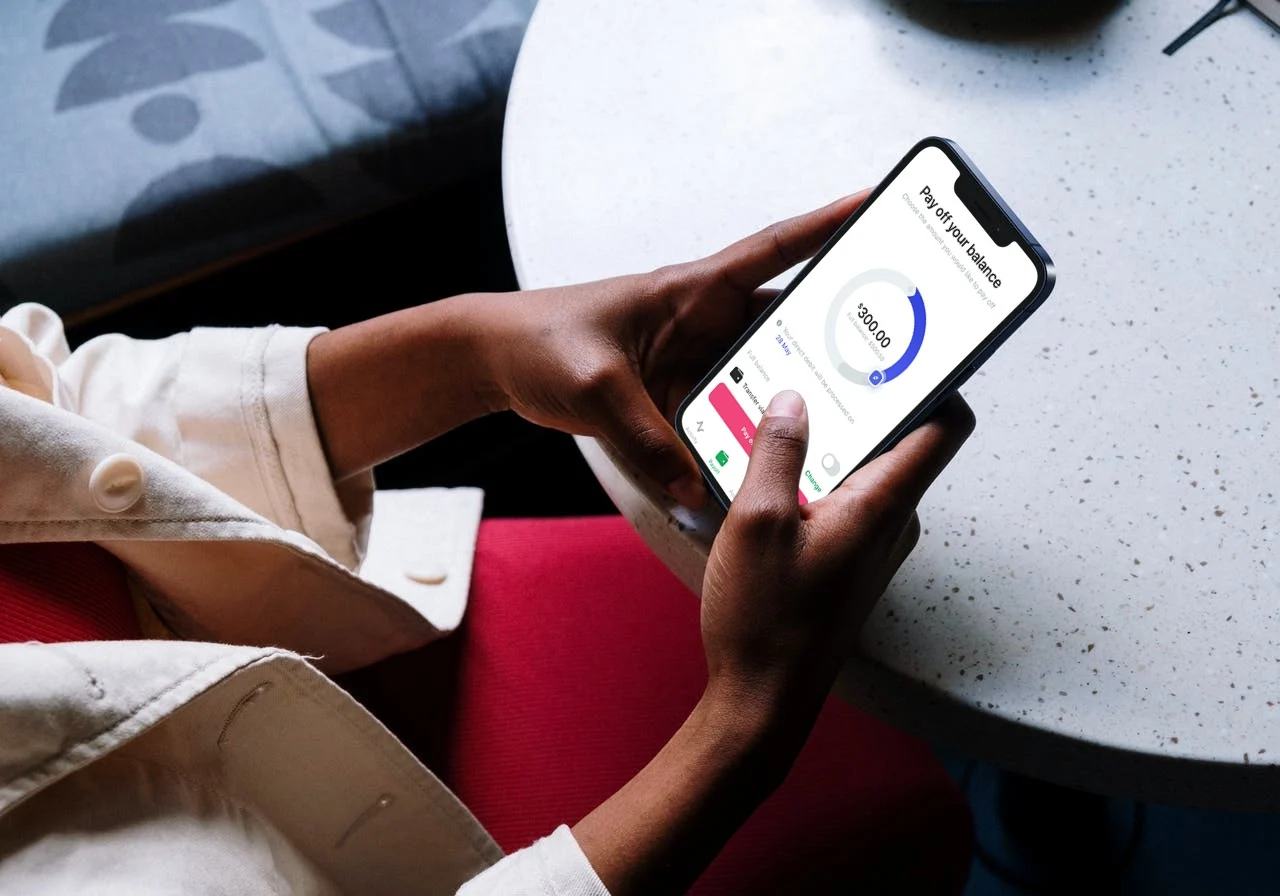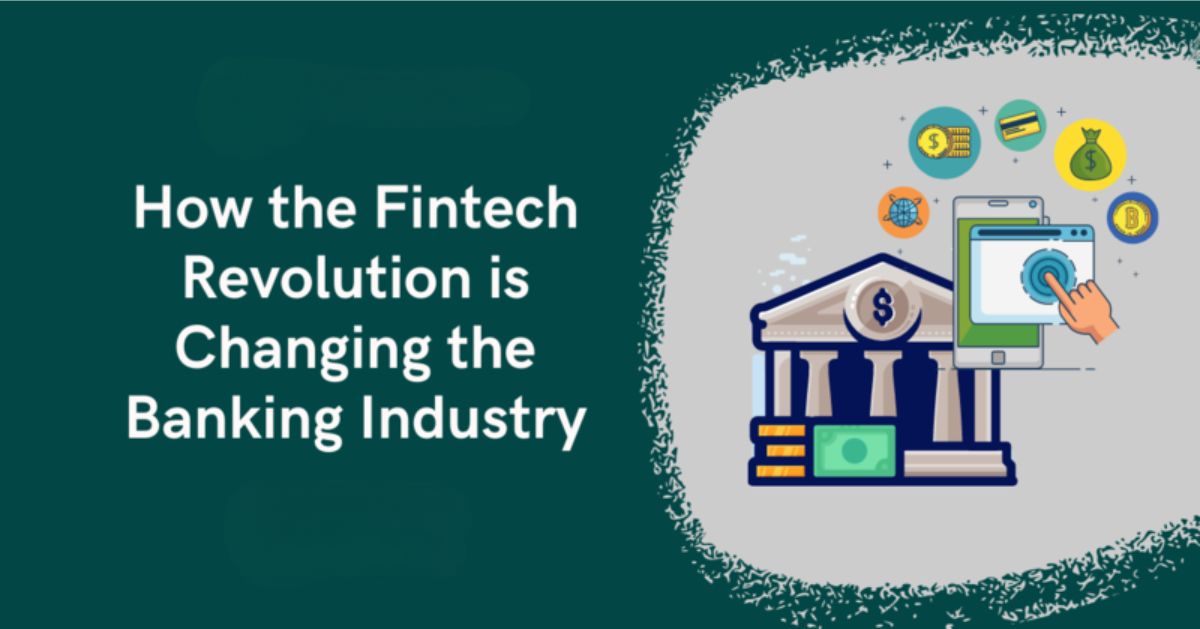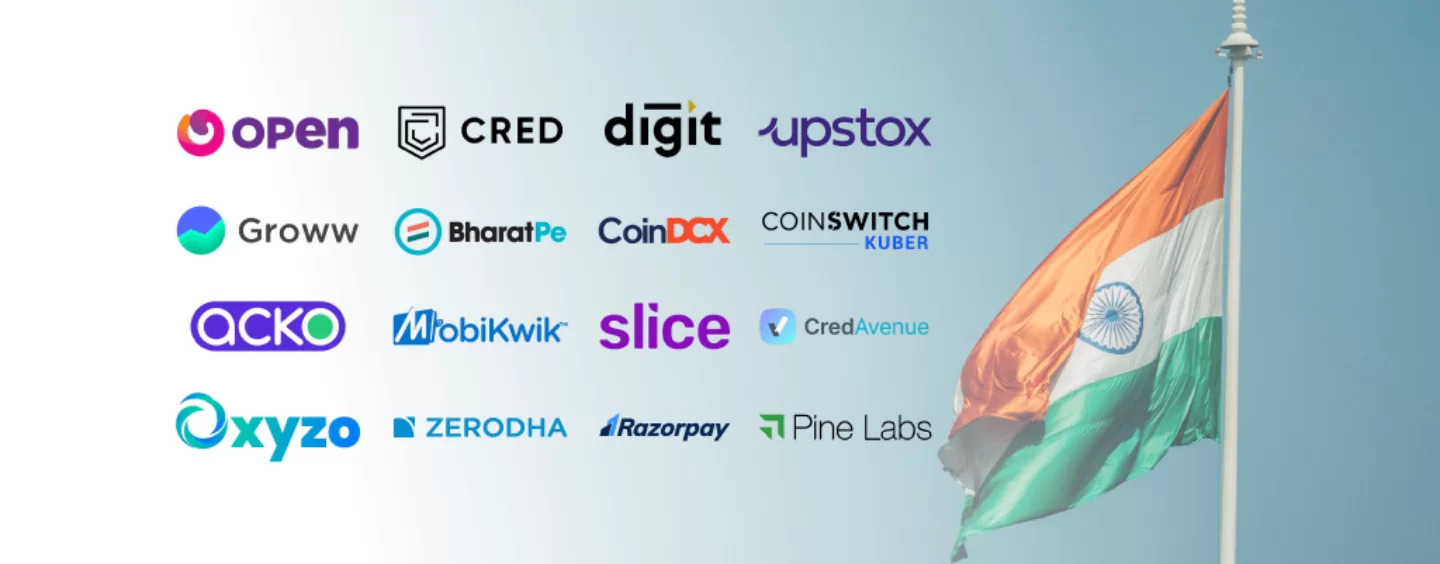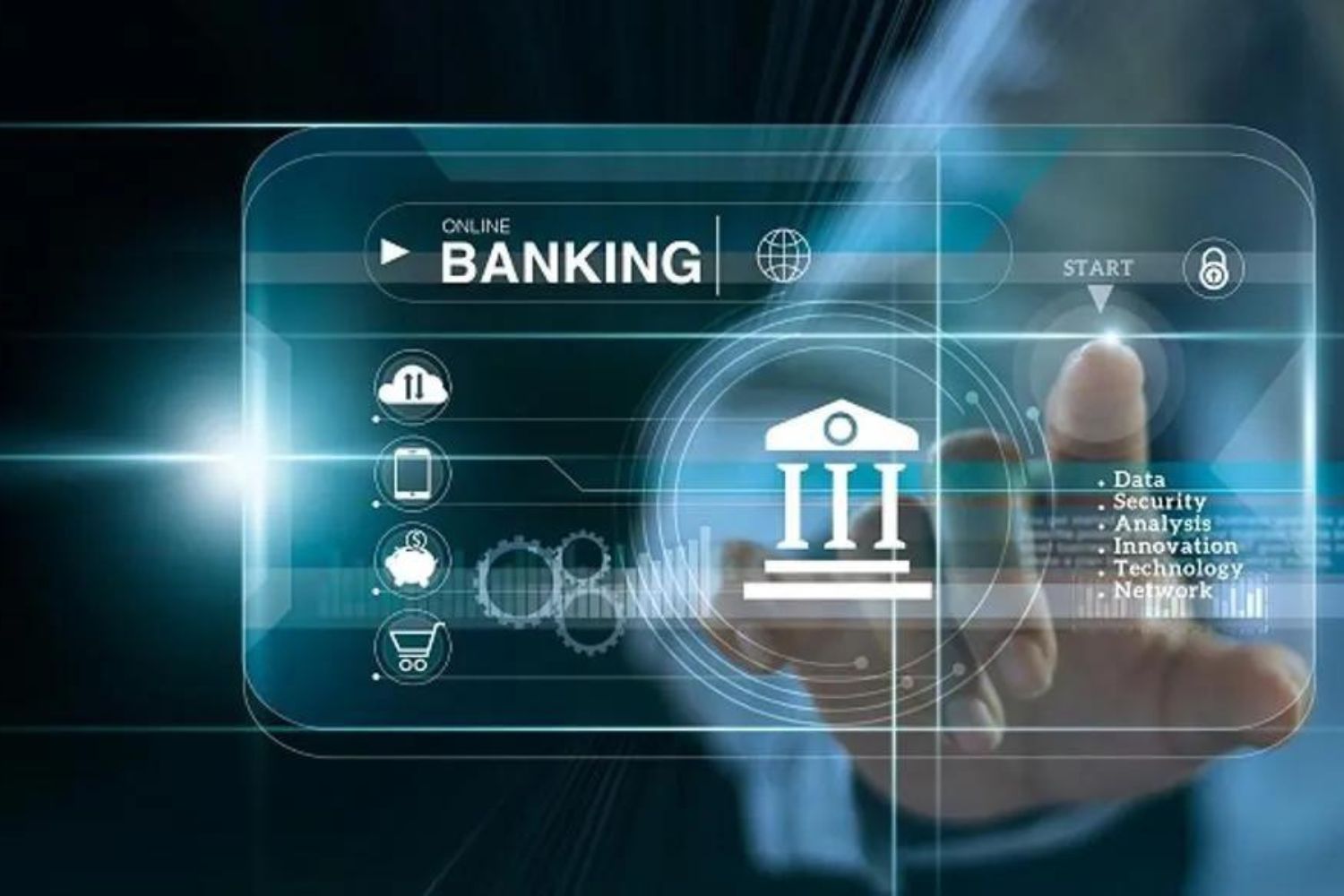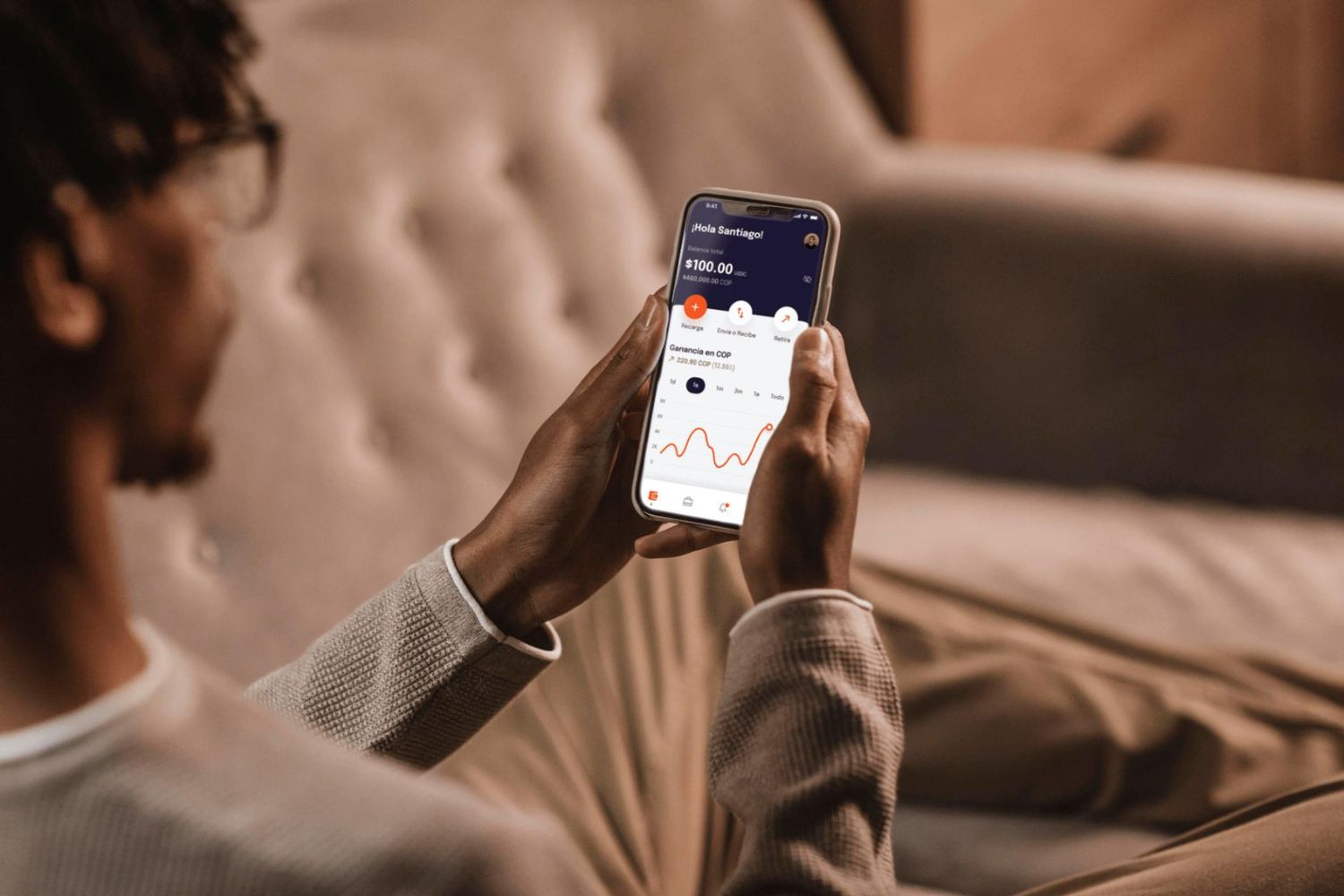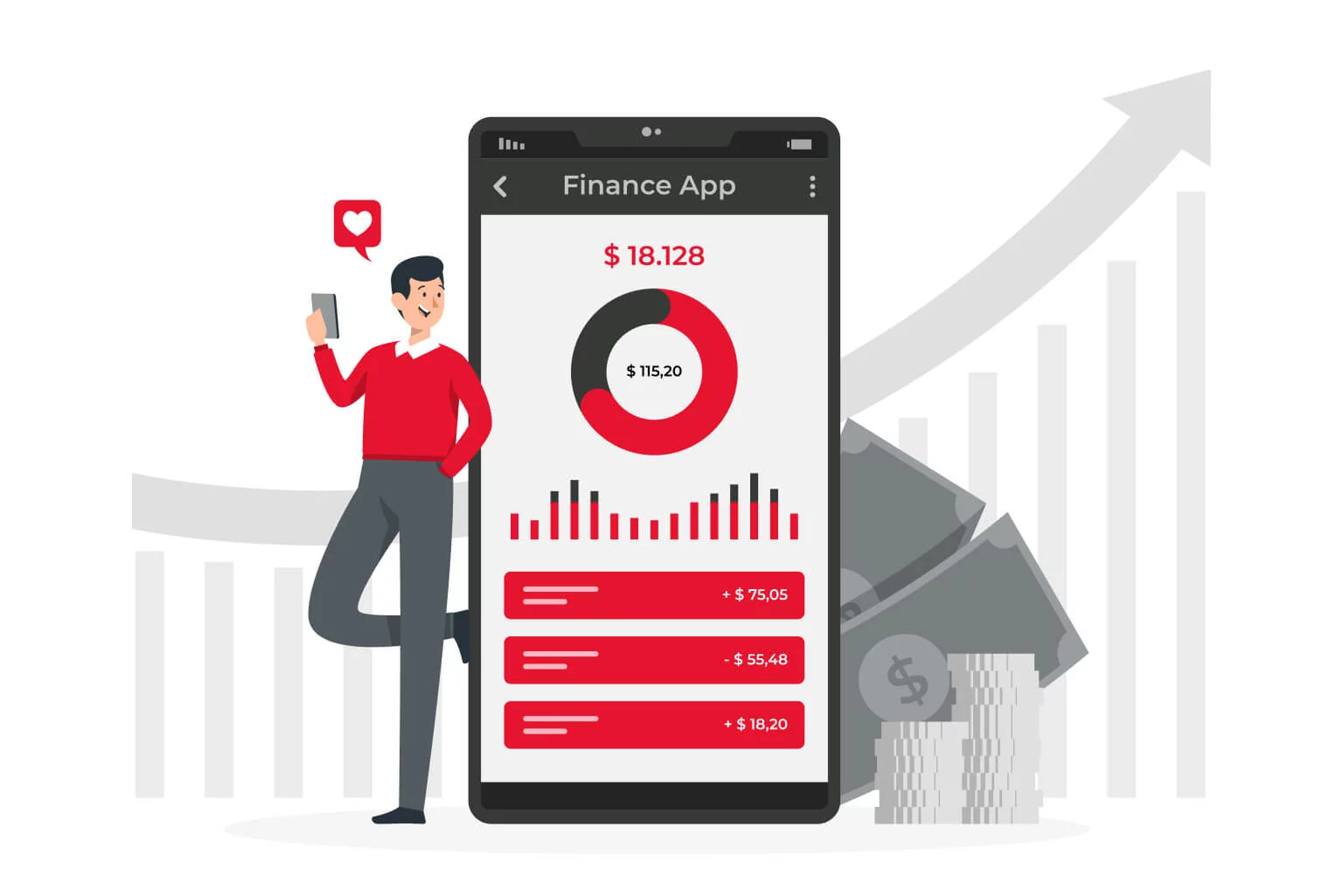Introduction
In today’s digital age, mobile banking has become an essential tool for managing finances on the go. With the convenience of smartphones and the increasing popularity of mobile applications, consumers now have the ability to access their bank accounts, make transactions, and monitor their financial activities with just a few taps on their screens. However, not all mobile banking apps are created equal, and different features can greatly impact a consumer’s banking experience. In this article, we will explore the most important mobile banking features that consumers consider when choosing a banking app, ranging from ease of use and security measures to account management and financial planning tools.
One of the primary factors that consumers evaluate when selecting a mobile banking app is its ease of use. A user-friendly interface, intuitive navigation, and seamless functionality are crucial for a positive experience. Users want an app that is easy to understand and navigate, allowing them to access their accounts and perform transactions without any hassle. The ability to quickly check balances, view transaction history, and make payments or transfers with just a few taps is highly valued by consumers.
Another key consideration for consumers is the level of security measures implemented by the mobile banking app. With the growing concern over identity theft and fraudulent activities, users want to ensure that their financial information is protected. Features such as biometrics authentication (such as fingerprint or facial recognition), secure login methods, and encryption of data are highly sought after. The peace of mind that comes from knowing that their personal and financial information is secure can greatly influence a user’s decision when selecting a mobile banking app.
Account management capabilities are also vital for consumers. The ability to open new accounts, apply for loans or credit cards, and manage multiple accounts from a single app simplifies the banking process. Users want to be able to make changes to their account settings, update personal information, and set up alerts or notifications for account activities. Having the flexibility to customize and manage their accounts in a convenient manner is a significant factor in the selection process.
Stay tune for the next section as we deep dive into consumer preferences for specific mobile banking features.
Ease of Use
When it comes to mobile banking, ease of use is one of the key factors that consumers consider. A mobile banking app should provide a seamless and user-friendly experience, making it effortless for users to access and manage their accounts. Here are some key aspects that consumers look for in terms of ease of use:
- Intuitive User Interface: Consumers prefer a mobile banking app that has a well-designed and intuitive user interface. This means clear labeling, logical placement of menus and options, and an overall visually appealing design. Users should be able to navigate through the app effortlessly and find the features they need without any confusion.
- Simple Navigation: Easy navigation is crucial for a positive user experience. Consumers appreciate a mobile banking app that has a clear and straightforward navigation structure. This includes having a menu or sidebar that provides easy access to different sections of the app, such as account balances, transaction history, payments, and settings. Quick and intuitive navigation enhances the overall usability of the app.
- Quick Account Access: A mobile banking app should allow users to access their accounts quickly. This means providing a streamlined login process, whether through biometric authentication (such as fingerprint or facial recognition) or a secure PIN or password. Consumers value the ability to log in and view their account balances and recent transactions with just a few taps, without any unnecessary steps or delays.
- Efficient Transaction Process: Making transactions should be a smooth and efficient process. Consumers expect a mobile banking app to provide a seamless experience, allowing them to easily transfer funds between accounts, make payments to individuals and businesses, and perform other financial transactions with minimal effort. The ability to schedule recurring payments and set up automatic bill pay options can further enhance the ease of conducting transactions.
- Responsive Customer Support: In addition to app usability, consumers appreciate responsive customer support. A mobile banking app should offer multiple channels for users to seek assistance, such as live chat, phone support, and email. Clear and easily accessible customer support options can contribute to a positive experience and provide reassurance to users.
Overall, a mobile banking app that prioritizes ease of use can greatly enhance the user experience. By incorporating an intuitive user interface, simple navigation, quick account access, efficient transaction processes, and responsive customer support, banking apps can meet consumer expectations and provide a seamless and hassle-free banking experience.
Security Measures
When it comes to mobile banking, security is a top concern for consumers. With the increasing prevalence of cyber threats and identity theft, users want assurance that their financial information is protected. As a result, mobile banking apps need to implement robust security measures to instill trust and protect users’ sensitive data. Here are some important security features that consumers value:
- Biometric Authentication: Biometric authentication, such as fingerprint or facial recognition, is becoming increasingly common in mobile banking apps. This feature adds an extra layer of security by ensuring that only authorized users can access their accounts. Users appreciate the convenience and peace of mind that comes with these advanced authentication methods.
- Secure Login: A secure login process is essential in mobile banking apps. Users expect strong encryption protocols and secure connections, such as SSL/TLS, to protect their login credentials and prevent unauthorized access. Furthermore, incorporating multi-factor authentication options, such as one-time passwords (OTP) or security tokens, adds an additional layer of protection.
- Transaction Verification: Providing users with transaction verification is crucial for preventing fraudulent activities. Sending confirmation notifications for every transaction, whether through push notifications or email alerts, allows users to quickly identify any unauthorized activity and take appropriate action. The ability to promptly report suspicious transactions is highly valuable to consumers.
- Enhanced Encryption: Mobile banking apps should utilize strong encryption methods to safeguard users’ sensitive information. Implementing end-to-end encryption ensures that data cannot be intercepted and read by unauthorized individuals. Encryption should cover not only data transmission but also data storage within the app to provide comprehensive protection.
- Continual Monitoring: Mobile banking apps should have robust monitoring systems in place to detect and respond to any suspicious activity. Implementing real-time monitoring of transactions and account activities enables banks to promptly identify and address any potential security threats. Regular security audits and updates are crucial to staying ahead of emerging threats.
Consumers are increasingly aware of the importance of security in mobile banking apps. They prioritize apps that provide strong biometric authentication, secure login procedures, transaction verification, enhanced encryption, and continual monitoring for potential security issues. By implementing these security measures, mobile banking apps can boost user confidence, protect sensitive information, and foster a secure banking environment for their customers.
Account Management
Effective account management is a critical aspect of mobile banking that consumers consider when choosing a banking app. The ability to easily manage and access their accounts from anywhere at any time is highly valued. Here are some key features related to account management that consumers look for:
- Account Overview: Users want a clear and comprehensive overview of their accounts within the mobile app. This includes displaying account balances, available credit, and any outstanding transactions. Having an instant snapshot of their financial status allows users to make informed decisions and manage their accounts effectively.
- Transaction History: A mobile banking app should provide users with easy access to their transaction history. Consumers appreciate the ability to view past transactions, filter and search for specific transactions, and categorize them accordingly. The option to export transaction history in various formats can also be beneficial for personal record-keeping.
- Account Statements: Providing users with access to account statements through the mobile app is another valuable feature. Users can view and download their monthly or periodic statements directly from their device, saving them the hassle of requesting paper statements or logging into internet banking platforms on a desktop.
- Alerts and Notifications: Mobile banking apps should offer customizable alerts and notifications to keep users informed about account activities. Users appreciate receiving alerts for low balances, transaction notifications, payment due dates, and suspicious activities. Having these proactive notifications helps users stay on top of their finances and prevent any potential issues.
- Account Customization: Users value the ability to personalize and customize their accounts within the mobile app. Customization options may include setting account preferences, updating personal information, and managing account security settings. Allowing users to control and customize their accounts according to their preferences enhances their overall banking experience.
With these account management features, a mobile banking app can provide users with a comprehensive and convenient way to manage their finances. By offering a clear account overview, easy access to transaction history and account statements, customizable alerts and notifications, and account customization options, banking apps can empower users to effectively manage their accounts and have greater control over their financial activities.
Transaction History
One of the essential features that consumers consider when choosing a mobile banking app is the availability and accessibility of their transaction history. Being able to easily view and track past transactions is crucial for personal financial management. Here are some key aspects related to transaction history that consumers look for:
- Detailed Transaction Records: Users appreciate a mobile banking app that provides detailed and comprehensive transaction records. This includes information such as transaction dates, descriptions, amounts, and the parties involved. Having access to this level of detail allows users to review and verify their transactions, ensuring accuracy in their financial records.
- Search and Filter Options: A mobile banking app should offer convenient search and filter options for transaction history. Users want the ability to search for specific transactions based on dates, transaction types, or keywords. The ability to filter transactions by specific accounts or categories can also be helpful in easily analyzing spending patterns and managing finances.
- Categorization and Tags: Users value the option to categorize and tag their transactions within the mobile app. This feature allows users to assign custom categories or tags to transactions, such as “groceries,” “utilities,” or “entertainment.” By categorizing transactions, users can gain insights into their spending habits and effectively track and manage their expenses.
- Transaction Details: Providing users with additional details for each transaction is beneficial. Users appreciate the ability to view transaction-specific information, such as merchant details, transaction IDs, or even digital receipts. Having access to these additional details helps users reconcile their transactions and resolve any discrepancies or issues that may arise.
- Export Functionality: Users may need to export transaction history data for various purposes, such as budgeting, tax preparation, or expense tracking. A mobile banking app that allows users to export transaction history in different file formats, such as CSV or PDF, is highly valued. This feature gives users the flexibility to analyze their financial data using external tools or share it with relevant parties easily.
By offering detailed transaction records, search and filter options, categorization and tagging features, transaction details, and export functionality, a mobile banking app can provide users with a comprehensive and user-friendly transaction history experience. These features enable users to efficiently manage their finances, track their expenses, and gain insights into their spending patterns, ultimately contributing to better financial decision-making.
Payments and Transfers
Seamless and efficient payments and transfers are key considerations for consumers when selecting a mobile banking app. Users expect a banking app that offers a wide range of payment options and facilitates swift and secure transactions. Here are some important features related to payments and transfers that consumers value:
- Transfer Options: Users appreciate a mobile banking app that provides various transfer options, enabling them to easily move funds between their own accounts, send money to other users, and make external transfers to different banks. The ability to initiate transfers with just a few taps and minimal hassle is highly desirable.
- Bill Payments: A mobile banking app should offer the convenience of bill payment functionality. Users benefit from the ability to pay their bills directly from the app, whether it’s utilities, credit card bills, or other recurring payments. The option to set up automatic bill payment schedules or receive reminders for upcoming due dates is also valuable.
- P2P Payments: Person-to-person (P2P) payment capabilities are increasingly popular among users. Mobile banking apps that integrate P2P payment services, allowing users to send money to friends, family, or acquaintances easily, are highly sought after. Integration with popular P2P payment platforms or the ability to initiate P2P transfers directly within the banking app adds convenience for users.
- International Transfers: For users engaged in international transactions, the availability of international transfer options is important. A mobile banking app that facilitates international transfers with competitive exchange rates and transparent fees is highly valued. Users appreciate the ability to initiate international transfers and track the progress of the transaction within the app itself.
- Payment Security: Security is of utmost importance when it comes to payments and transfers. Users expect robust security measures, such as encryption and transaction verification, to protect their sensitive information and prevent fraudulent activities. The ability to add additional layers of authentication for sensitive transactions, such as PIN or biometric verification, adds an extra level of reassurance for users.
By offering a wide range of transfer options, convenient bill payment functionality, integration with P2P payment services, seamless international transfer capabilities, and strong payment security measures, a mobile banking app can provide users with a convenient and secure platform for all their payment needs. These features make it easier for users to manage their finances, pay bills, send money, and conduct transactions with confidence.
Budgeting and Financial Planning Tools
Effective budgeting and financial planning are essential for consumers to achieve their financial goals. Mobile banking apps that provide robust budgeting and financial planning tools are highly valued by users. These tools enable users to track their expenses, set financial goals, and make informed financial decisions. Here are key features related to budgeting and financial planning that consumers consider:
- Expense Tracking: A mobile banking app that offers expense tracking functionality is highly sought after. Users appreciate the ability to automatically categorize and track their expenses, providing them with a clear picture of where their money is being spent. The option to view expenses by category, date, or merchant simplifies expense analysis and helps users identify areas where they can cut back or make adjustments.
- Budget Setting and Monitoring: Users value the ability to set budgets within the mobile app. Being able to allocate specific amounts to different spending categories and monitor their progress towards those budgets is crucial for effective financial management. Real-time tracking of expenses against set budgets helps users stay on top of their spending and make necessary adjustments to meet their financial goals.
- Financial Goals Tracking: Mobile banking apps that allow users to set and track their financial goals are highly appreciated. Users can create goals such as saving for a vacation, buying a house, or paying off debts. The app can provide progress updates, estimates, and reminders to help users stay committed and motivated to achieve their goals.
- Spending Insights: Providing users with spending insights and analytics is valuable for understanding their financial habits. Mobile banking apps that offer detailed reports, visualizations, and personalized recommendations based on spending patterns help users gain insights into their financial behavior. These insights can guide users in making informed decisions and improving their financial habits.
- Alerts and Reminders: Push notifications or alerts play a critical role in keeping users informed about their financial activities. Mobile banking apps that offer customizable alerts and reminders, such as spending limits, bill due dates, or overspending warnings, help users stay within their budgets and avoid unnecessary fees or penalties.
By offering robust expense tracking, budget setting and monitoring, financial goal tracking, spending insights, and alerts and reminders, mobile banking apps enhance users’ ability to manage their finances effectively. These tools provide users with a comprehensive view of their financial health and empower them to make informed decisions related to budgeting, saving, and achieving their financial goals.
Customer Support
Responsive and efficient customer support is a crucial aspect that consumers consider when selecting a mobile banking app. Inevitably, users may encounter issues, have questions, or need assistance when using the app. Therefore, a banking app that provides reliable customer support can significantly enhance the user experience. Here are key features related to customer support that consumers value:
- Multiple Support Channels: Users appreciate a mobile banking app that offers multiple support channels to ensure ease of communication. Common support channels include live chat, phone support, and email. Having multiple options allows users to choose the most convenient channel to seek assistance based on their preferences and urgency.
- Responsive Support: Users expect quick and timely responses from customer support. A mobile banking app that offers prompt response times, particularly for urgent inquiries or issues, is highly valued. Efficient response times can help users resolve their concerns in a timely manner, minimizing disruptions to their banking experience.
- Knowledge Base or FAQs: Providing users with a knowledge base or a well-organized FAQs section can be beneficial. This resource allows users to quickly find answers to common questions or explore self-help options. Including detailed tutorials or how-to guides for app functionalities can empower users to resolve minor issues without needing to contact customer support.
- Professional and Knowledgeable Staff: Users appreciate interacting with customer support staff who are professional, knowledgeable, and capable of providing accurate information and assistance. Well-trained support representatives can effectively address user concerns, guide users through processes, and offer valuable insights or recommendations when needed.
- Feedback Mechanisms: Mobile banking apps that offer feedback mechanisms, such as surveys or in-app feedback forms, provide users with a means to voice their opinions or suggestions for improvement. This allows users to contribute to the continuous enhancement of the app’s features and overall user experience.
By offering multiple support channels, responsive support, a knowledge base or FAQs section, professional and knowledgeable staff, and feedback mechanisms, a mobile banking app can provide users with reliable and efficient customer support. This ensures that users have a positive experience and can easily resolve any issues or concerns that may arise during their banking journey.
Personalization and Customization Options
Personalization and customization are becoming increasingly important factors for consumers when choosing a mobile banking app. Users expect an app that adapts to their individual needs and preferences, allowing them to tailor their banking experience. Here are key features related to personalization and customization options that consumers value:
- Customizable Dashboard: Users appreciate a mobile banking app that allows them to personalize their dashboard. The ability to rearrange and prioritize the display of account balances, transactions, or financial summaries can provide users with a tailored view that best suits their banking preferences and needs.
- Notification Preferences: Mobile banking apps that offer customizable notification preferences are highly appreciated. Users want the ability to choose which types of notifications they receive, such as account activity alerts, low balance alerts, or promotional messages. Having control over notification preferences ensures that users are only receiving relevant and desired information.
- Theme or Interface Customization: Users value the option to customize the app’s theme or interface. Offering a selection of color schemes, font sizes, or even allowing users to upload their own profile picture can create a personalized look and feel that resonates with users’ preferences.
- Transaction Categorization: Mobile banking apps that provide users with the ability to customize transaction categorization are highly sought after. Users appreciate the option to create and assign custom categories to transactions, enabling them to align with their own expense tracking and budgeting systems.
- Personalization of Offers: Personalizing offers and promotions based on users’ preferences and previous banking activities can greatly enhance the user experience. Users value receiving targeted offers that are relevant to their financial needs or goals, helping them make informed decisions and take advantage of beneficial offers.
By offering customizable dashboards, notification preferences, theme or interface customization, transaction categorization, and personalization of offers, a mobile banking app can provide users with a personalized and tailored banking experience. These personalization and customization options allow users to personalize the app to their preferences, making the banking experience more intuitive, engaging, and reflective of their individual financial goals and needs.
Integration with Other Financial Services
Integration with other financial services is a crucial aspect that consumers consider when choosing a mobile banking app. Users seek convenience and efficiency in managing their financial activities in one place, without the need to switch between multiple apps or platforms. Here are key features related to integration with other financial services that consumers value:
- Account Aggregation: Users appreciate a mobile banking app that offers account aggregation functionality. This feature allows users to connect and view accounts from multiple financial institutions within a single app. Being able to monitor and manage all their accounts in one place provides users with a holistic view of their financial standing.
- Payment Integration: Mobile banking apps that integrate with popular payment platforms or digital wallets are highly valued. Users want the ability to link their banking app to platforms such as PayPal, Venmo, or Apple Pay, making it easy to initiate payments or transfer funds seamlessly between accounts.
- Investment Management: Integration with investment platforms or investment management services is an essential feature for users interested in managing their investments. Users appreciate the ability to view their investment portfolios, access market data, and make investment transactions directly within the mobile banking app.
- Budgeting and Expense Tracking Apps: Integration with popular budgeting or expense tracking apps is beneficial for users who rely on these tools for financial management. Users value the ability to sync their financial data seamlessly between the mobile banking app and their preferred budgeting apps, ensuring accurate tracking and analysis of their expenses.
- Loan and Credit Card Management: Users who have loans or credit cards appreciate integration that allows them to manage these accounts within the mobile banking app. This includes accessing account details, viewing payment history, making payments, or requesting credit limit increases. Having everything in one place streamlines the management of loan and credit card accounts.
By offering account aggregation, payment integration, investment management, integration with budgeting and expense tracking apps, and loan and credit card management, a mobile banking app can provide users with a comprehensive financial hub. The ability to access and manage various financial services through a single app simplifies the user experience, increases efficiency, and enhances overall financial management.
Conclusion
When it comes to mobile banking, consumers prioritize certain features that greatly influence their choice of a banking app. From ease of use and security measures to account management and integration with other financial services, users have specific expectations that can enhance their overall banking experience.
First and foremost, an app’s ease of use is crucial. Consumers look for a user-friendly interface, intuitive navigation, and seamless functionality that allow them to access their accounts and perform transactions effortlessly.
Security measures are another top consideration. Users seek strong authentication methods, secure login processes, encryption of data, and continual monitoring to ensure their sensitive financial information is protected.
Effective account management, including features such as account overviews, transaction history, statement access, alerts, and customization options, allows users to stay on top of their finances and personalize their banking experience.
For payments and transfers, consumers appreciate apps that offer various transfer options, convenient bill payment functionality, integration with P2P payments, and a secure payment environment.
Budgeting and financial planning tools within the app are highly valued. Users want the ability to track expenses, set budgets, monitor financial goals, analyze spending patterns, and receive personalized insights to make informed financial decisions.
Responsive and efficient customer support, along with self-help resources, ensures users can easily resolve issues and seek assistance when needed.
Lastly, integration with other financial services, such as account aggregation, payment integration, investment management, and integration with budgeting apps, allows users to manage their finances holistically in one app.
When a mobile banking app offers these key features that consumers consider important, it can provide a comprehensive, user-friendly, and secure banking experience that meets users’ expectations and enhances their financial management capabilities.







